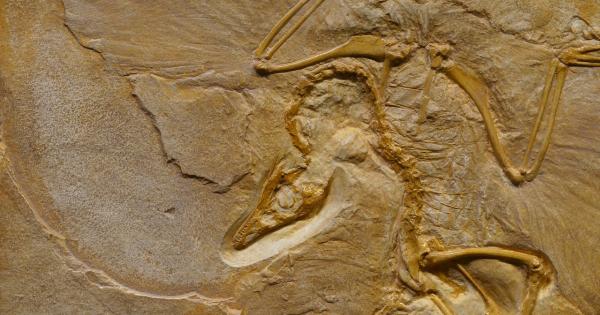The COVID-19 pandemic has spread like wildfire across the world, affecting millions of people globally.
In the fight against the virus, researchers and scientists have been trying to understand how it spreads and how to prevent it from further transmitting. Recent studies have found that virus transmission can occur even when the infected person does not show any symptoms. This has led to the need for increased precautions and measures to prevent the spread of the virus.
How the Virus Spreads
The virus responsible for COVID-19, SARS-CoV-2, spreads from person to person through respiratory droplets. These droplets are released when an infected person coughs, sneezes, talks or sings.
When another person comes in contact with these droplets, the virus can enter their body through the nose or mouth, causing infection. Studies have found that the virus can also spread by touching surfaces contaminated with the virus and then touching one’s face.
Asymptomatic Transmission
One major concern with COVID-19 is that its ability to transmit even when the infected person shows no symptoms. This is called asymptomatic transmission.
The infected person may not know that they have the virus and may continue to interact with others, hence spreading the virus unknowingly. Asymptomatic transmission is a major factor in the rapid spread of the virus.
Studies on Asymptomatic Transmission
Several studies have been conducted to investigate asymptomatic transmission of COVID-19. In one study, researchers found that more than half of the cases in the outbreak in the city of Tianjin, China, were related to asymptomatic transmission.
Another study conducted in Singapore found that around 6.4% of the cases were due to asymptomatic transmission. These studies provide clear evidence that asymptomatic transmission is a major contributor to the spread of COVID-19.
The Role of Monkeys in Virus Transmission
Monkeys have played a crucial role in understanding the transmission of viruses like SARS-CoV and MERS-CoV.
Researchers have discovered that these viruses can infect monkeys and that the monkeys can transmit the virus to other monkeys through respiratory droplets. This has led to the use of monkeys in the testing of potential vaccines and treatments for these viruses.
Virus Transmission in Monkeys Before Symptoms
A recent study conducted by researchers at the University of Wisconsin-Madison has discovered that monkeys infected with SARS-CoV-2 can transmit the virus to other monkeys even before they show any symptoms.
The study found that the virus was present in the nasal wash and saliva of the monkeys even before they showed any signs of illness. The infected monkeys were able to transmit the virus to other monkeys through respiratory droplets.
Implications for Humans
The study on virus transmission in monkeys has important implications for human transmission of COVID-19. It suggests that humans infected with the virus may be able to transmit the virus to others even before they show any symptoms.
This makes it even more important for individuals to wear masks, practice social distancing, and wash hands regularly.
Importance of Testing and Contact Tracing
Testing and contact tracing are crucial strategies in the fight against the spread of COVID-19. Testing helps to identify infected individuals and prevent asymptomatic transmission.
Contact tracing helps to identify individuals who may have come into contact with an infected person and inform them of the need to get tested and isolate themselves. These strategies can help to prevent community transmission of the virus.
The Role of Vaccines
Vaccines have been developed to prevent infection by SARS-CoV-2. Vaccination helps to build immunity to the virus, thereby reducing the chances of infection and transmission.
However, the efficacy of vaccines in preventing asymptomatic transmission is still being studied.
Conclusion
The recent study on virus transmission in monkeys provides important insights into the spread of COVID-19. It highlights the need for increased precautions and measures to prevent the spread of the virus, especially in asymptomatic individuals.
Testing, contact tracing, and vaccination are important strategies in the fight against the spread of the virus.




























